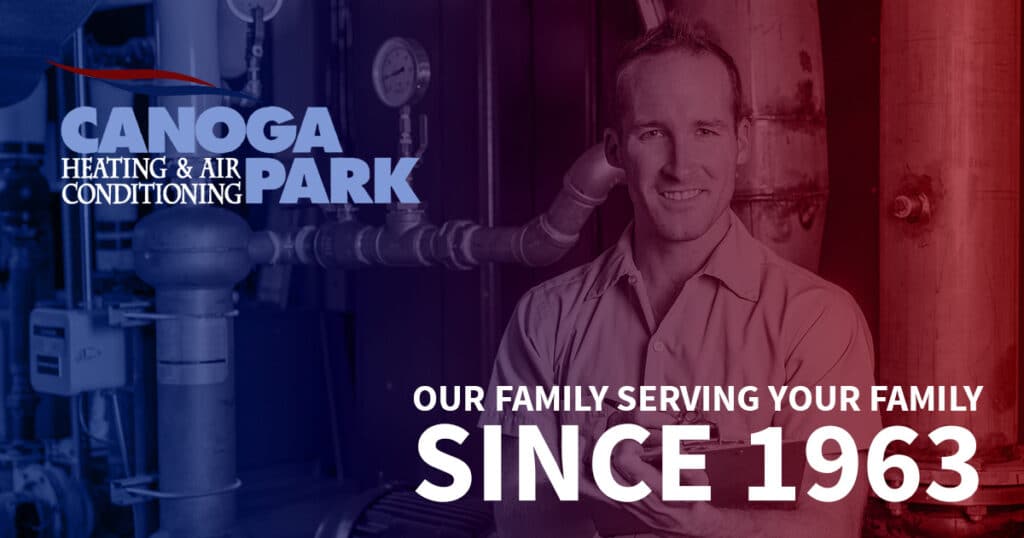The evolving geothermal heating and cooling technologies could be the wave of the future in cutting the cost of operating commercial and other non-residential buildings once businesses can get past the initial cost, according to a study by Frost & Sullivan, a market research and analysis firm in San Antonio, TX.
The market already is expanding. It received revenue of $120.8 million in 2012, and the Geothermal Market is expected to reach $147.6 Million by 2017, thanks in part to laws in Canada and the U.S. promoting geothermal and other renewable energy sources. Laws already on the books include the Energy Independence and Security Act of 2007 and the earlier Energy Policy Act of 2005.
The study looked at the period between 2009 and 2017 and identifies geothermal heat pumps, both open and closed loop designs, as primary segments of the geothermal market on the North American continent.
The Higher Energy Efficiency of Geothermal Heating and Cooling has long been apparent. The ground at about 10 feet deep is warmer in the winter and cooler in the summer than the air above it, with a constant temperature of between 50 and 60 degrees Fahrenheit. Geothermal heat pumps take advantage of that fact by circulating liquid through pipes between the ground and the building.
The basic challenge facing businesses is that up to 50 percent of the energy used in non-commercial building is tied up in heating and cooling. This makes finding ways of conserving energy all the more important, the report says.
The writers suggest that geothermal could be an answer to this dilemma in more ways than one, since geothermal is a clean and renewable source that would decrease the carbon footprint of any company using it. So its use could result in savings from tax rebates and incentives.
One roadblock to the wholesale use of geothermal energy, the report writers say, is its huge initial cost. Many with non-residential buildings are fixed on short-term margins and fail to look at the long-term benefits the alternative energy source could provide. Among those benefits are reliability, lower energy costs, compliance with requirements for energy efficiency, longer system life spans, and being environmentally friendly.
In order to get the non-commercial users beyond the cost barrier as well as to make an identity for themselves in the highly competitive geothermal heating and cooling market, manufacturers will need to better educate potential customers about these benefits and demonstrate the positive effect on the overall bottom line. Many non-residential building owners, for example, could recover the initial cost of the systems within the first couple of years.









